Flex Office Is Becoming Synonymous With Office, Says Workbox CEO
John Wallace on why the future of workspaces is about better segmentation, more customer profiling and new leasing practices.
Since its inception in 2019, flexible workspace provider Workbox has been growing fast using a model inspired by the hotel industry. Most recently, the company secured $17.5 million in funding, with an additional $5.5 million available through a follow-up option, to accelerate its expansion. Workbox currently operates 10 locations across five cities, but the company aims to double its footprint to 20-25 locations in 10 to 12 cities within the next two years.
“We are more urban-focused than our peers and are primarily focused on gateway cities on the coasts as well as a few high-growth regional cities where there is outsized new company formation and early-stage capital availability,” John Wallace, the firm’s co-founder & CEO, told Commercial Property Executive.
In this interview, Wallace delves into Workbox’ growth strategy and product offerings, sharing his insights on how to navigate this rapidly evolving market and prepare for the future of flexible working.
READ ALSO: Here’s a Surprising Shift in Remote Work’s Appeal
What’s your view on the current state of the flexible office sector?
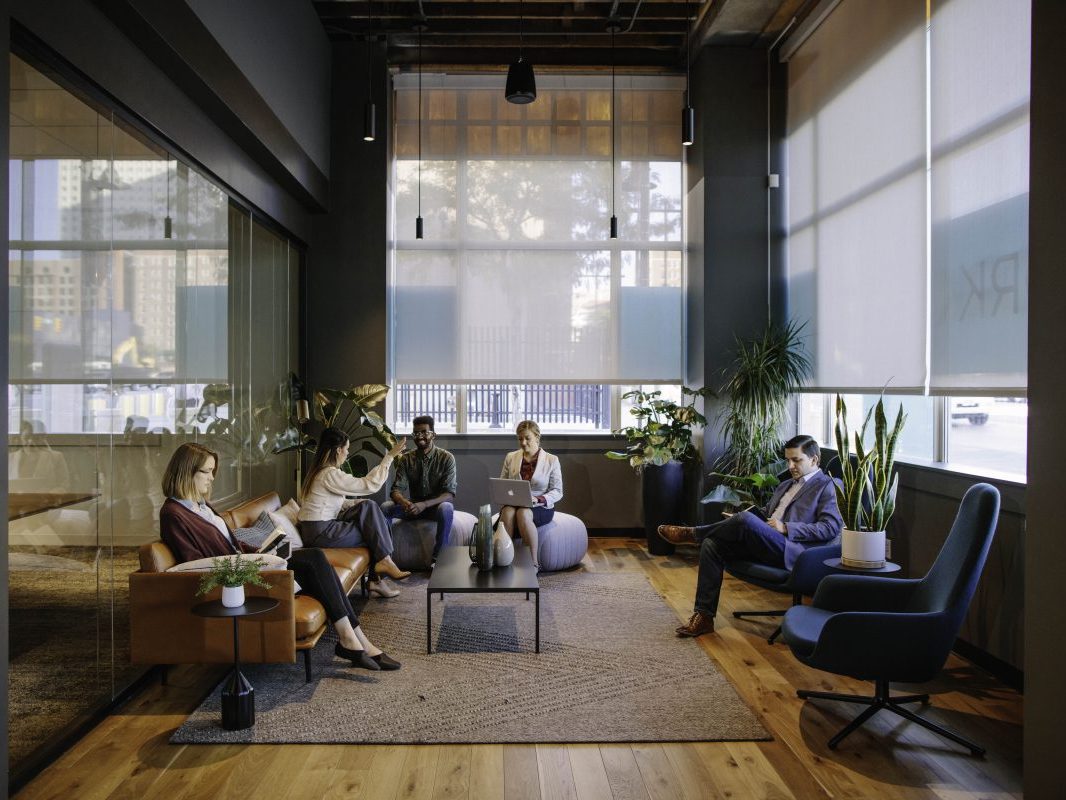
Wallace: Flexible demand continues to accelerate in this new world of hybrid work. Employees are more distributed around the country and dual-income households are pushing employers to provide more flexibility around the typical 9-to-5 schedule. Hybrid work is also aiding in real productivity advantages, wider talent pools and retention gains.
Very few sectors are having success with completely remote work. Ultimately, employees and employers benefit from in-person connection through more meaningful identification with their companies and colleagues, quicker training ramp-ups and better career advancement through in-person engagement. The net impact is less conventional office square footage and increased flex space allocations from corporate occupiers.
Besides the shift to hybrid work models, what other key factors are driving the growth of the flexible office sector? How are you capitalizing on those trends?
Wallace: The future of office is flexible. Office vacancies are rising and office owners are not structured to handle these shifts in occupier behavior. Owners are heavily dependent on commercial brokers to find space. Commercial brokers, however, are not incentivized to find short-term space, so more alignment will happen between coworking operators and office owners.
We’ve been executing shared economic arrangements since our inception and are structuring deals that are a win-win for owners and operators in the same manner done in the hotel sector for decades.
Can you expand on this approach and the hurdles you need to overcome to expand it?
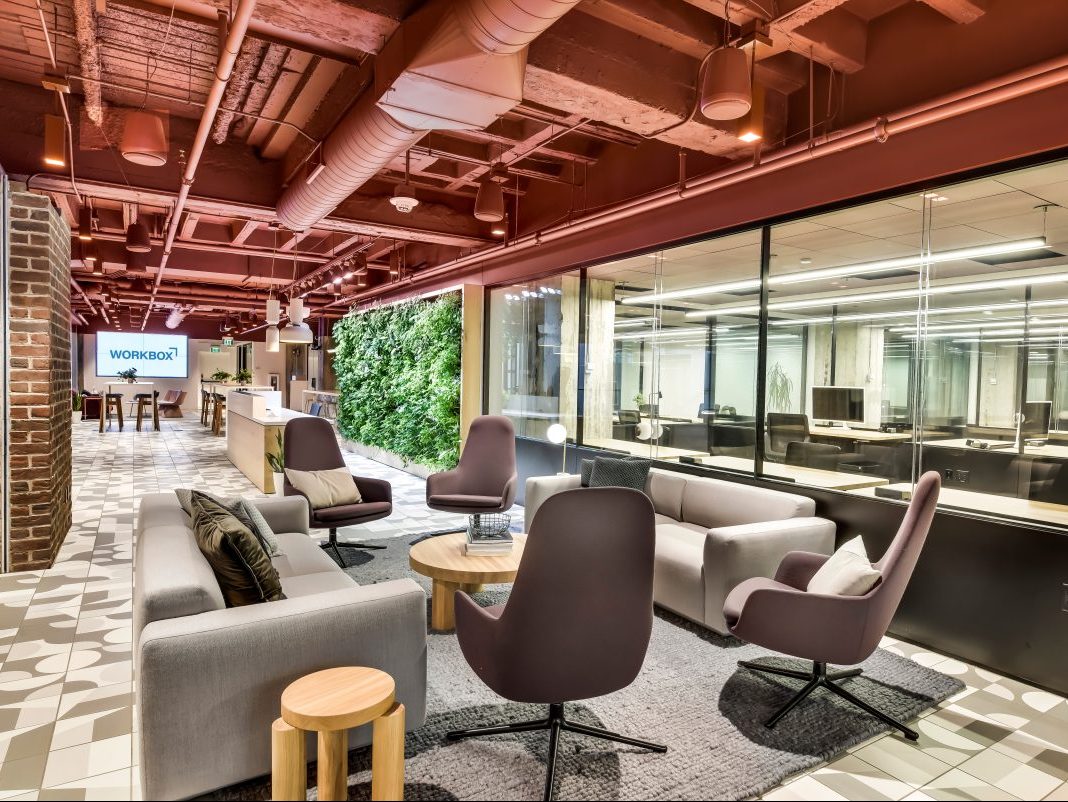
Wallace: Increasingly, I think owners and operators are becoming aware of their strengths and weaknesses. The office market is going through a major shift in how deals are done, and forward-thinking owners are getting ahead of these trends instead of hoping that prepandemic leasing practices will return. I believe we’ve reached a point where most—if not all owners if they’re being honest—understand that flex office is becoming synonymous with office.
The biggest hurdle to the mass adoption of our model in the commercial office sector is standardizing revenue reporting and providing historical performance data to give lenders and investors something to value. I’m on a subcommittee with the ULI to help see that this hurdle is overcome because, in my view, this is the last obstacle to truly institutionalizing the coworking industry.
READ ALSO: Managing Coworking: Building Brands, Building Experiences
Workbox recently announced new locations in Chicago and Dallas. How do you differentiate yourself from your competitors in such large markets?
Wallace: Office owners need to evolve to avoid becoming obsolete. I think this also holds for coworking operators. Coworking has, for the most part, gone after all potential users which has led to a deterioration in services across the different customer segments.
On the other hand, the hotel industry has grown over time through better segmentation. The hotel sector has all different kinds of segments: luxury, resort, extended stay, suburb, urban etc., and we think that customer profiling needs to be better in coworking as well. Since our beginning, we have chosen to focus on small, early and growth-stage businesses which has allowed us to maintain our focus from a programming and services offering—accelerator and venture fund.
Additionally, we are very deliberate in the markets we look to expand into, avoiding making poor site selection and market decisions. We strongly believe that you can’t be everything to everyone, successfully.
Half of your flexible offices are in Chicago. How would you describe the market there and what are the particularities that make it attractive?
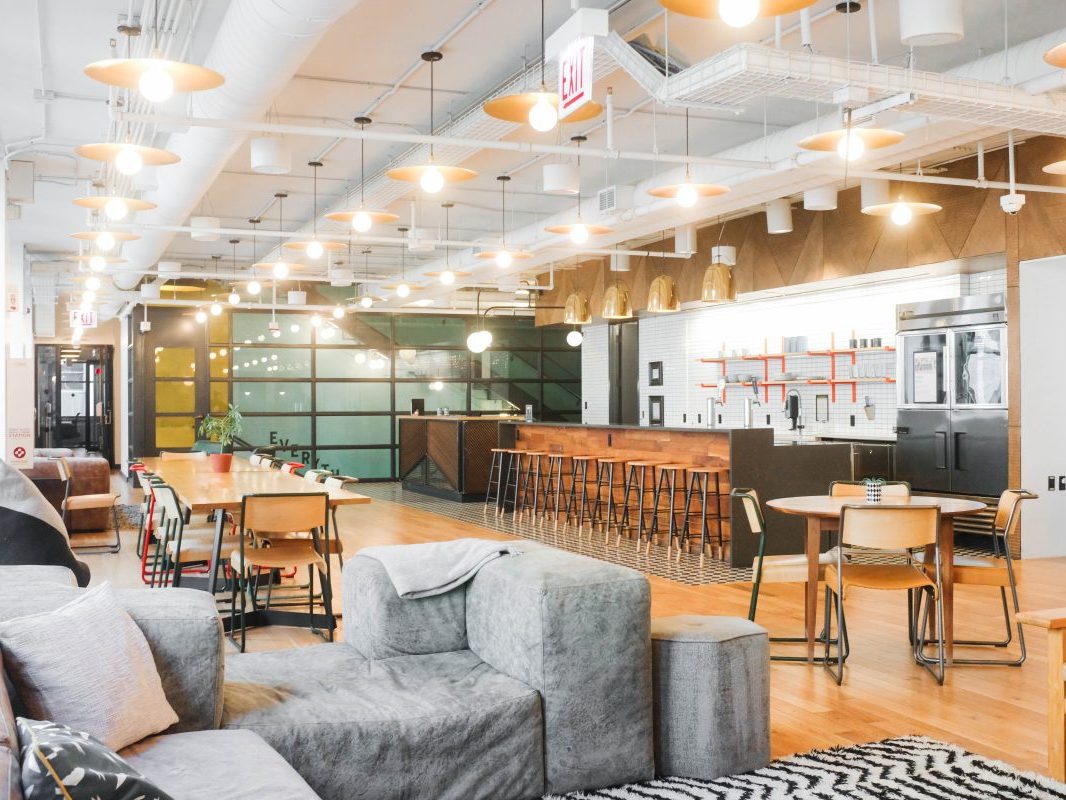
Wallace: We were born and raised in Chicago, so we know a lot about the market drivers here and have very strong connections throughout the city. We like Chicago because of its industry diversification, its population size and its residential density. There are economies of scale in large cities both operationally as well as from a brand awareness standpoint, and we’re seeing that in Chicago where we have some very real competitive advantages.
As we grow, we want to replicate that in other gateway markets. This takes time, however, so our expansion plans currently contain a mix of about half of the new markets where we can get scale and infill locations where we are gaining operational/brand economies of scale.
READ ALSO: 9 New Rules of Coworking
Tell us more about the range of workspace solutions that Workbox provides and the amenities that support a productive working environment.
Wallace: We have three products that are all focused on our target customer demographic of small and early-stage businesses: workspace (office, desk, floating and events), accelerator (future of work companies) and venture (investing in future of work companies). Our goal is to be the best operator in the country for creating connectivity both at the local level and through our national network via programming.
What impact do programming and networking events have on users’ workspace experience and their businesses?
Wallace: Everything we do and the programming we offer pretty much revolves around building a business, and we hope creating that mindset will fuel better connectivity across our member communities. Our mission of our members’ success really can be boiled down to facilitating better connections between like-minded business builders.
You could think about our programming as an icebreaker or a way for one of our members to get their foot in the door, but some members might be too busy or not interested in a more specific topic, so all we’re just trying to do is to build a mentality of collaboration. Members can get as much out of our network as they want to. We have over 80 vetted capital and operational services partners but, again, the goal is to facilitate connections with each other.


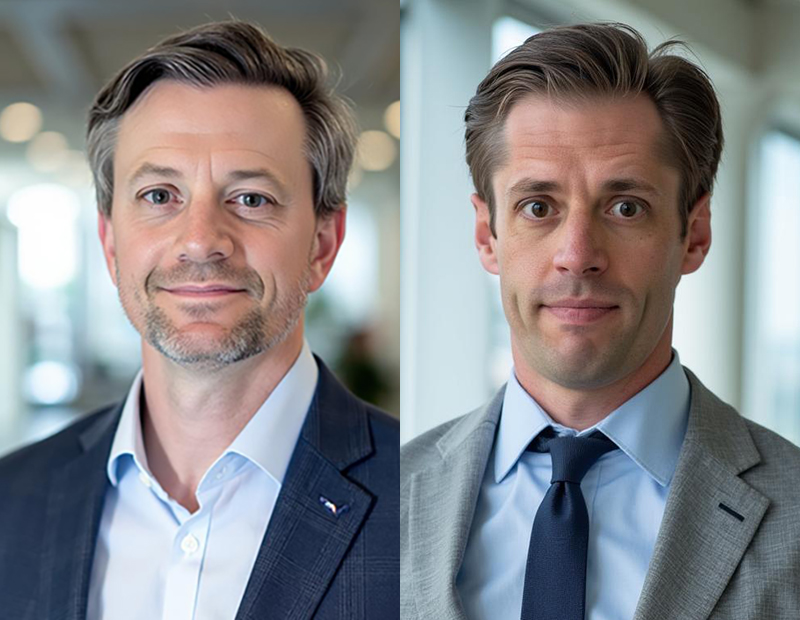
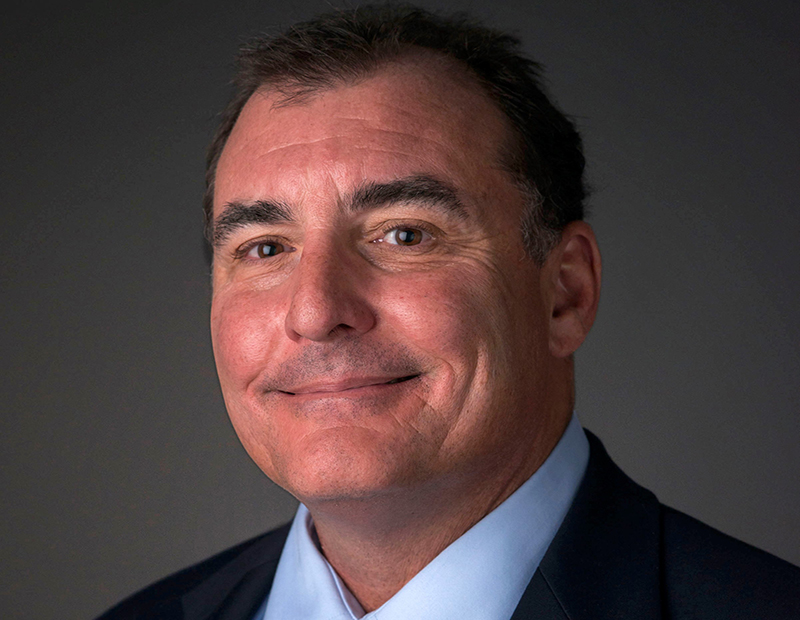


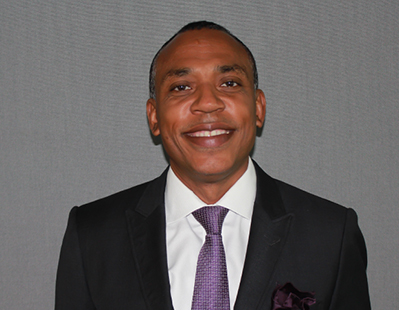
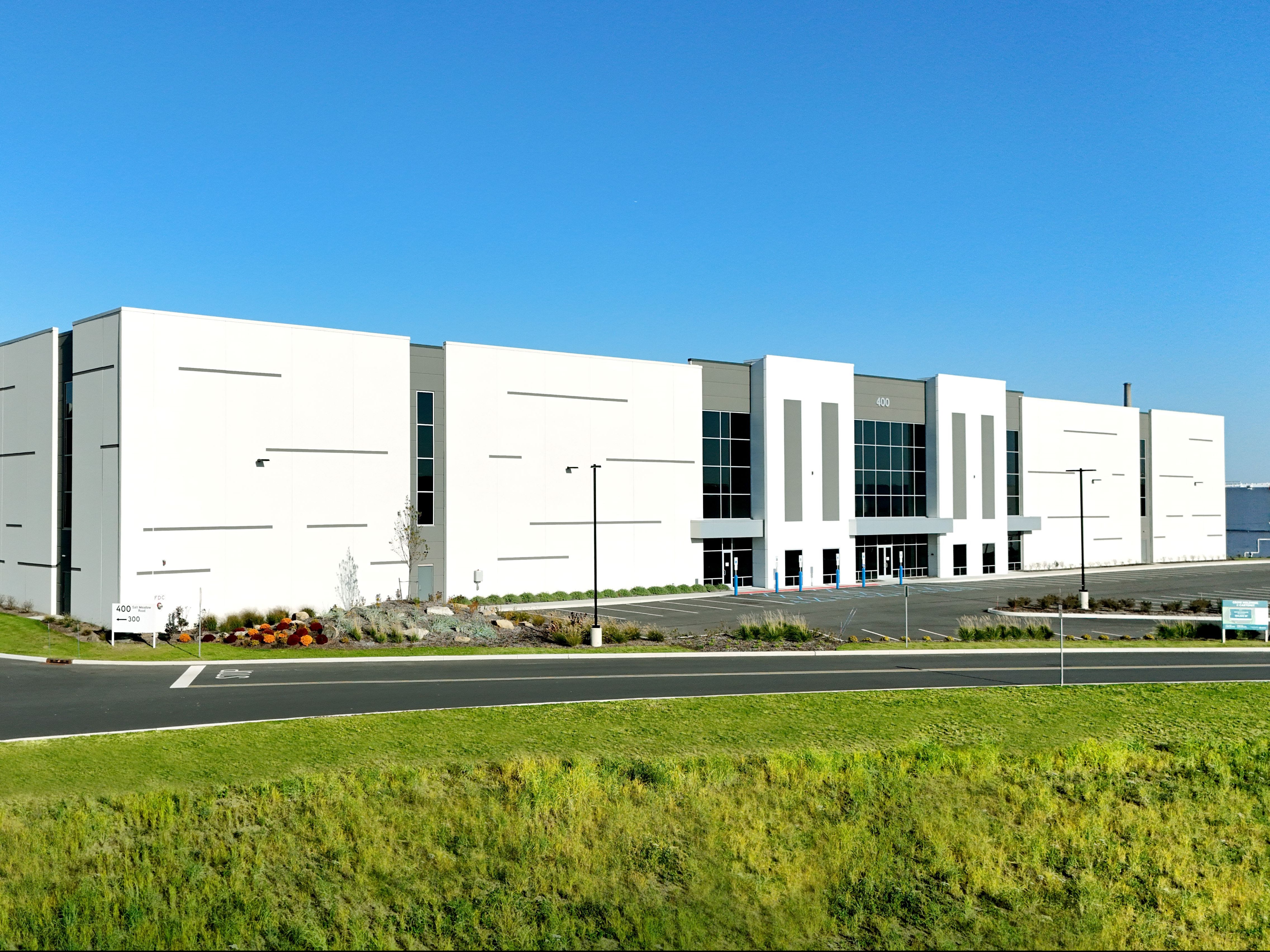
You must be logged in to post a comment.